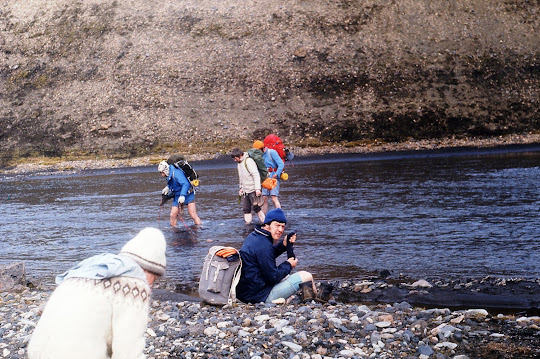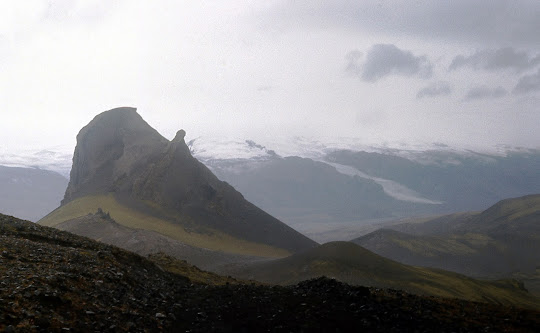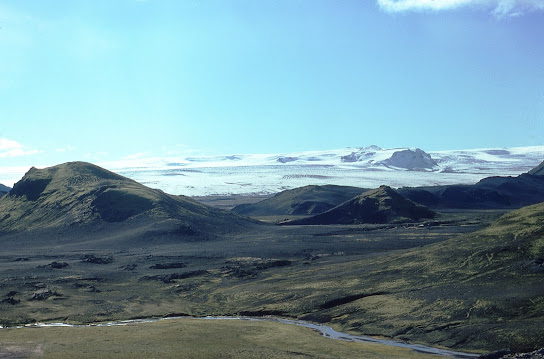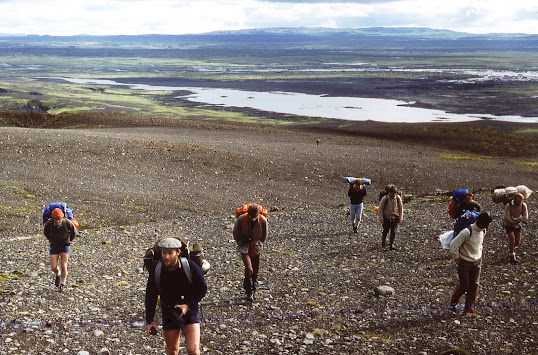One small aspect of our holiday near Conwy twisted an old thorn in the side: Caer Rhun Hall, a private accountancy college. I seem to remember its name emblazoned in large bold letters along the dry stone wall at the front, but may have imagined that. There are no letters now.
As mentioned in other posts, after leaving school I started to train as a Chartered Accountant but didn’t pass the exams. Well, technically, I did, but you had to pass all the exams of each stage in a single attempt. I managed to fail different ones each time, including ones I’d previously passed.
Only a few years earlier, accountancy had been a profession for the privileged. Trainees, known as articled clerks, did not receive a salary; in fact they paid their employer a ‘premium’ to take them on. A sum of around £500 (£10,000 in today’s money) would have been typical in the late nineteen-fifties. A recently-qualified chap at the firm where I worked told me he had been the first there not to have to pay, and I was one of the first to receive a salary, starting on £360 p.a. (£5,000 today). It covered my board and lodgings. Everything else depended on parental generosity, so in that sense it was still a profession for those with advantages.
You studied for the exams in your own time by correspondence course, for which an outfit called H Foulks Lynch effectively had a monopoly. You were supposed to complete and post off one unit each week, and, for most people, that went on for five years. By heck, it was tedious. No wonder accountants had such a reputation for being dull and boring when five years of their youth had been spent evenings and weekends on their own in their bedrooms studying such riveting subjects as commercial law, company accounts, auditing, income tax, and estate duty, instead of getting out and enjoying themselves like they should have been at that age.
Take a look at this, if you can face it:
And that was one of the most interesting topics because it had a large practical element. For a really good night’s sleep, consider the other titles listed on the back.
H Foulks Lynch then acquired a competitor. Caer Rhun Hall began to offer residential cramming courses. You could forget about the dreary correspondence course and just spend four weeks at Caer Rhun instead. It was a hard six-day week, 9 a.m. to 10 p.m., and it was costly, but they were so sure of themselves that if you didn’t pass you could go again for free.
Needless to say, only the rich kids could afford it, i.e. the sons (there were few girls) of wealthy clients who got sports cars for their birthdays. Then, because they had transport and were self-assured around company directors and top businessmen, they got sent out on the best jobs, the public companies and large manufacturers, while we the proletariat were stuck in the office doing shopkeepers and small traders. And they were the ones who pissed about with their correspondence courses, went to Caer Rhun Hall and passed their exams first time. Chartered Accountancy still favoured the privileged.
Chip-on-shoulder, yes, but I suppose in truth my heart wasn’t in it. Things worked out well enough in the end. And it did give me the confidence to deal with relatives’ estates and take on HMIT when they tried to tax me on expenses.
Nevertheless, I still felt perverse satisfaction last week to see Caer Rhun Hall now out of business and abandoned.



















































